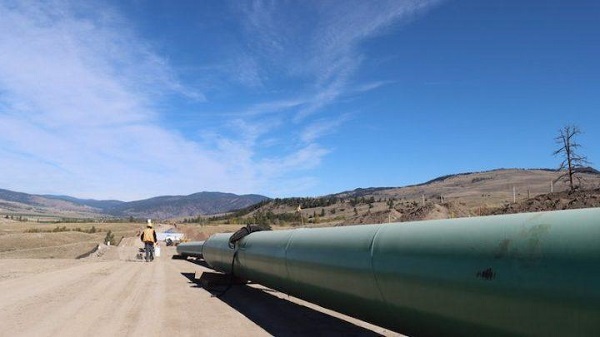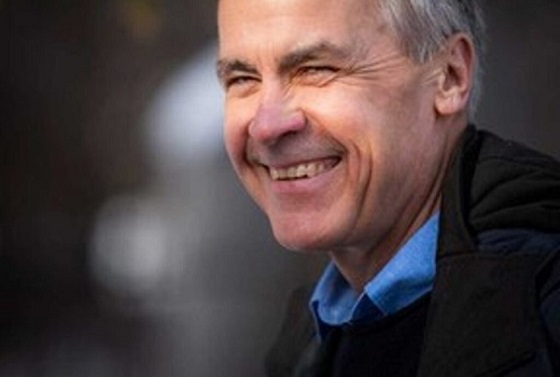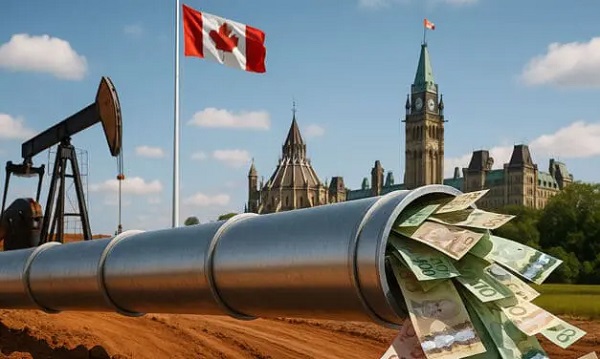Opinion
Ponoka’s Muliplex is a go,adding to Penhold, Blackfalds, and Lacombe to bolster recreation in Central Alberta. Where’s Red Deer?
Ponoka Multiplex is going ahead. Ponoka, population 7,229, is going to spend $16.6 million or $2,296 per person on a recreational multiplex, to service residents and attract growth. Great news.
Penhold Multiplex was a huge success in both regards. Penhold, population 3,277 spent $23 million or $7,018 per person and the town grew and they needed more land.
Blackfalds spent $15.2 million on the Abbey Centre and are looking to spend another $12 million on a second covered ice rink, for a total of $27.2 million. Blackfalds population 9328, will be spending $2,916 per resident on recreation.
Sylvan Lake has the new Nexsource Centre multiplex. Sylvan Lake, population 14,816 spent $33.5 million or $2,264 per person on a recreational complex.
Lacombe is spending $13,668,141 upgrading their sports complex. Lacombe population 13,057 means $1,047 per person for upgrading.
This means that 47,700 people are putting out $102 million for recreation complexes. These are growing communities looking to attract more growth. This growth has been partially from Red Deer residents migrating away from Red Deer. Red Deer’s population shrank between 2015-2016. Their own polls shows they shrank by a 1,000 residents but the federal census puts it only 400 residents less. The area north of the river shrank by 777 residents alone. There are still about 30,000 residents living north of the river.
They have only one recreational complex, over 30 years old. If the city was to step up to the plate and treat the residents on par with the smaller communities they would need to spend $64 million on recreational facilities north of the river.
If the city as a whole wanted to be equal to these smaller communities then they would have to spend $214 million dollars on recreational facilities. To compare with Penhold, the city would have to spend $700 million but Blackfalds is one of the fastest growing communities in Canada. To match their per capita spending the city of Red Deer would have to commit $292 million on recreational facilities.
Lethbridge, the third fastest growing city in Alberta and nearest in size to Red Deer recently committed $109 million for phase 2 of their recreation centre. Again to attract young families, a necessity for growth. Remember Lethbridge once turned a man-made slough into a lake and created Henderson Lake Park around it. It may be why they are the 5th fastest growing city in Canada behind Regina, Saskatoon, Edmonton and Calgary.
Red Deer was once a hub for Central Alberta, now it cannot keep pace with Penhold, Blackfalds, Ponoka, Lacombe, Sylvan Lake, as they grow and seek out new possibilities.
The last big project in Red Deer was the Collicutt Center in Red Deer’s south east, that was 15 years ago and the city grew, that area developed, and noone is saying now that the Collicutt Centre was a bad idea.
We are opening up land in the northwest corner, thousands of acres, room for 25,000 residents and Red Deer’s largest lake, Hazlett Lake. 55,000 residents north of the river, the same population as when they decided to build a 4th recreational centre now known as the Collicutt Centre.
Red Deer needs to build a 50m pool, and the north side needs new recreational facilities, and our Collicutt Centre was such a huge success in spurring growth, why not build a Northside Collicutt Centre with a 50m pool and ice rink on Hazlett Lake?
Red Deer could be a sports hub, a tourist hub and an economic hub, once again. The proof is t5here, we just need the courage. If we do not have it now maybe we can find it before the municipal election this coming October. We just need to ask. I am asking but I am getting the run around, which could be why everyone else is growing and we are shrinking. What do you think? Let me know. Thank you.
Bruce Dowbiggin
FUBAR: How Trudeau & Trump Rewrote This Century’s Political Handbook
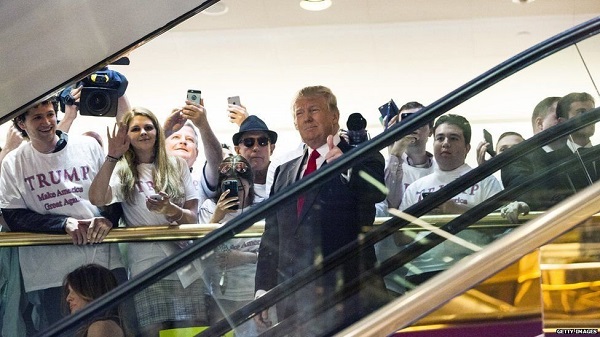
Let’s ignore the roar this month and take a spin in the Wayback machine to a decade ago this week. Both the U.S. and Canada were on the precipice of momentous decisions WITH new leaders who resonate today. In both cases those leaders, for better or worse, changed politics irrevocably. They are going to be the most impactful people of their century so far. One made his party into the Official Monster Raving Loony Party. While the other brought populist nativism and reality TV to the voters.
So who’s crying now? In the case of Donald Trump this week marks a decade since his descent on the gold escalator in his NYC tower. As this shows, most of the popular press were amused by the decision of the mogul/ TV star to seek the GOP leadership and, eventually, the presidency. They laughed. Oh, how they laughed.
In the minds of the DC media party, the 2016 election was going to be Jeb Bush, brother of George W. and son of George H.W., for the GOP. He would run against Hillary Clinton, the DEMs slam-dunk candidate. So why was Trump wasting his money on a “vanity” candidacy? Anyone with a brain could see he was throwing away his money. The media, who’d been his pal, felt pity.
Except we now know that Trump had identified a significant segment of the GOP voting population who were mad as hell and were not going to buy Jeb’s “compassionate” approach or Marco Rubio’s DC-centric policies. They wanted to close the border, stop foreign wars and protect U.S. industry. To, ahem, Make America Great Again.
The rest is history. Into this void Trump launched a MAGA movement that terrified the establishment. Where once he’d been on their talk shows, making wise with big shots and dining out on “You’re fired”, he was now the target of a massive smear campaign alleging racism, sexism, homophobia and leaving the toilet seat up. None of it worked as it was supposed to. In fact, his obstinacy in the face of it all endeared him to his followers.

Trump won a historic victory over Clinton in 2016, absorbed four years of impeachment, criminal charges, Russia collusion hoaxes and more. Buttressed by MAGA, he outlasted them all, Then COVID hit, the DEMs “found” 17 million “new” voters , and it seemed Trump was a spent force.
Not so fast. Having spent all their energies on replacing Trump with a man with the mental capacities of a carrot, the DEMs and their followers were left with Kamala Harris. IOW nothing. Then came the thunderbolt of Elon Musk buying Twitter (now X) breaking the legacy media’s stranglehold on information. People learned how the media grandees had cooked the books. Unable to control the press Trump’s fanatical opponents resorted to hoping someone would shoot Trump. Even that failed. Twice.
Now we have Trump.2. His legacy is still under siege from his enemies and some of his former friends. He’s stage managing a potential nuclear war with Iran. He’s redefining the world economy. He’s cutting the financial ties that support radical political action. He’s still furiously tweeting. It could all go terribly wrong.
But the fact remains. Love him or hate him, he’s the most impactful American in the 21st century. His polling is better than in 2016. A random sample of his hubris, here’s this note threatening Khameini while adding, “thank you for your attention in this matter”. Incorrigible.

Put simply, he has changed how politics functions in the America. Just ask these Bush Republicans. His audacity and pitiless style— thought to be political poison— have re-written the book on what works. Politics will never ever be the same down south.
The same can be said for the style of Justin Trudeau, scion to the legacy of his father. He, too, was dismissed as a lightweight when he made this political aspirations clear. While Trump could at least cite his business and TV career, Trudeau’s resume was wafer thin. Ski instructor. One-term drama teacher. A fanciful D’Artagnan he posed and preened for the cameras. A combination of his mother’s intellect and his father’s vanity he could easily have crashed and burned.
But by 2015 his father’s Liberal party was in big trouble. On the heels of the sponsorship scandal, they tried re-create PET in Stephane Dion and Michael Ignatieff. Bad idea. In the face of extinction, all it had was Trudeau’s vedette appeal and a population bored with Stephen Harper. Lucky for Liberals, Canada’s elites craved the novelty of Boy Trudeau on the cover of GQ.
Trudeau played the Sunny Ways card into a decade as Canada’s PM. His modest accomplishments— a dental plan, assisted suicide— were buried in three Woke terms of climate hysteria, corruption, fake Rez murder genocide, creating a real-estate bubble economy, allowing China to set up a money-laundering in the major cities and the explosion of drug trafficking to where the fentanyl El Chapo and his pals took up residence in Toronto. The RCMP were discouraged from investigating any and all his uglier conflicts.
His three successful elections owed a lot to mediocre CPC leaders and a perpetual fear— stoked by friendly media— that Trump would get them all killed. He was also buoyed by a Family Compact that sloughed off his many gaffes— standing O for a Nazi in Parliament?— while portraying Pierre Poilievre as a robotic Trump clone.

Like Trump, Trudeau defined a style of politics for Boomer Canada, long on Woke platitudes, short on concrete policy. When CDNs showed they didn’t care about defence, balancing budgets or rule of law in those three votes, Trudeau took the hint. He squashed the Truckers, forfeited their savings, locked them in prison for “mischief”. And got the NDP to go along.
When his own bill finally came due, he skedaddled to a cozy pension and an afterlife in the ranks of international NGOs. Leaving Mark Carney a toxic legacy. Leftist politicians will be trying to emulate his escape act for decades.
Right-wing politicians will do the same after Trump. Some might even be Trumps themselves. So dismiss these two at your peril. For their nations and the world they called the shot. Bullseye.
Bruce Dowbiggin @dowbboy is the editor of Not The Public Broadcaster A two-time winner of the Gemini Award as Canada’s top television sports broadcaster, his new book Deal With It: The Trades That Stunned The NHL And Changed hockey is now available on Amazon. Inexact Science: The Six Most Compelling Draft Years In NHL History, his previous book with his son Evan, was voted the seventh-best professional hockey book of all time by bookauthority.org . His 2004 book Money Players was voted sixth best on the same list, and is available via brucedowbigginbooks.ca.
Business
Senator wants to torpedo Canada’s oil and gas industry
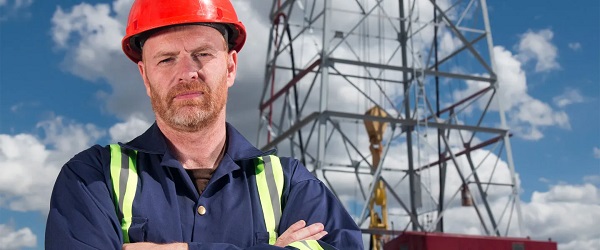
From the Fraser Institute
Recently, without much fanfare, Senator Rosa Galvez re-pitched a piece of legislation that died on the vine when former prime minister Justin Trudeau prorogued Parliament in January. Her “Climate-Aligned Finance Act” (CAFA), which would basically bring a form of BDS (Boycott, Divestment, and Sanctions) to Canada’s oil and gas sector, would much better be left in its current legislative oblivion.
CAFA would essentially treat Canada’s oil and gas sector like an enemy of the state—a state, in Senator Galvez’ view, where all values are subordinate to greenhouse gas emission control. Think I’m kidding? Per CAFA, alignment with national climate commitments means that everyone engaged in federal investment in “emission intensive activities [read, the entire oil and gas sector] must give precedence to that duty over all other duties and obligations of office, and, for that purpose, ensuring the entity is in alignment with climate commitments is deemed to be a superseding matter of public interest.”
In plain English, CAFA would require anyone involved in federal financing (or federally-regulated financing) of the oil and gas sector to divest their Canadian federal investments in the oil and gas sector. And the government would sanction those who argue against it.
There’s another disturbing component to CAFA—in short, it stacks investment decision-making boards. CAFA requires at least one board member of every federally-regulated financial institution to have “climate expertise.” How is “climate expertise” defined? CAFA says it includes people with experience in climate science, social science, Indgineuous “ways of knowing,” and people who have “acute lived experience related to the physical or economic damages of climate change.” (Stacking advisory boards like this, by the way, is a great way to build public distrust in governmental advisory boards, which, in our post-COVID world, is probably not all that high. Might want to rethink this, senator.)
Clearly, Senator Galvez’ CAFA is draconian public policy dressed up in drab finance-speak camouflage. But here’s what it would do. By making federal investment off-limits to oil and gas companies, it would quickly put negative pressure on investment from both national and international investors, effectively starving the sector for capital. After all, if a company’s activities are anathema to its own federal regulators or investment organs, and are statutorily prohibited from even verbally defending such investments, who in their right minds would want to invest?
And that is the BDS of CAFA. In so many words, it calls on the Canadian federal government to boycott, divest from, and sanction Canada’s oil and gas sector—which powers our country, produces a huge share of our exports, and employs people from coast to coast. Senator Galvez would like to see her Climate-Aligned Finance Act (CAFA) resurrected by the Carney government, whose energy policy to-date has been less than crystal clear. But for the sake of Canadians, it should stay dead.
-
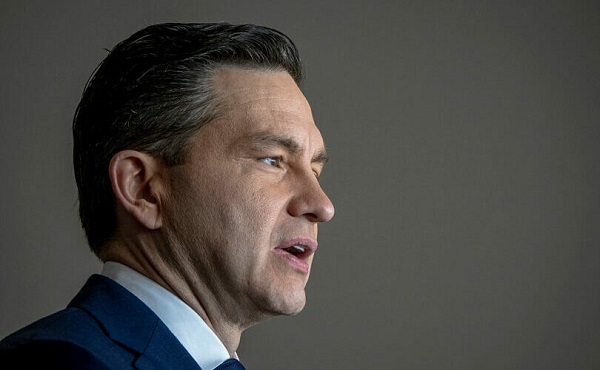
 Alberta2 days ago
Alberta2 days agoCentral Alberta MP resigns to give Conservative leader Pierre Poilievre a chance to regain a seat in Parliament
-

 Alberta2 days ago
Alberta2 days agoCalls for a new pipeline to the coast are only getting louder
-

 Daily Caller2 days ago
Daily Caller2 days ago‘Not Held Hostage Anymore’: Economist Explains How America Benefits If Trump Gets Oil And Gas Expansion
-

 Business2 days ago
Business2 days agoCanada’s economic pain could be a blessing in disguise
-
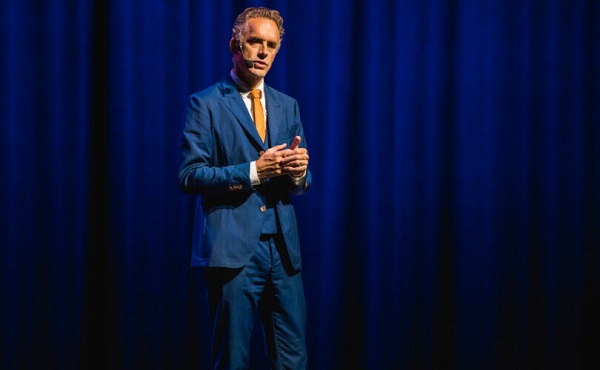
 Censorship Industrial Complex1 day ago
Censorship Industrial Complex1 day agoJordan Peterson reveals DEI ‘expert’ serving as his ‘re-education coach’ for opposing LGBT agenda
-

 Alberta2 days ago
Alberta2 days agoAlberta pro-life group says health officials admit many babies are left to die after failed abortions
-

 Alberta1 day ago
Alberta1 day agoUnified message for Ottawa: Premier Danielle Smith and Premier Scott Moe call for change to federal policies
-
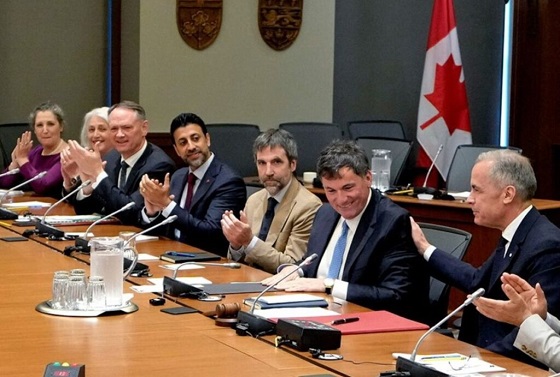
 Economy1 day ago
Economy1 day agoOttawa’s muddy energy policy leaves more questions than answers





